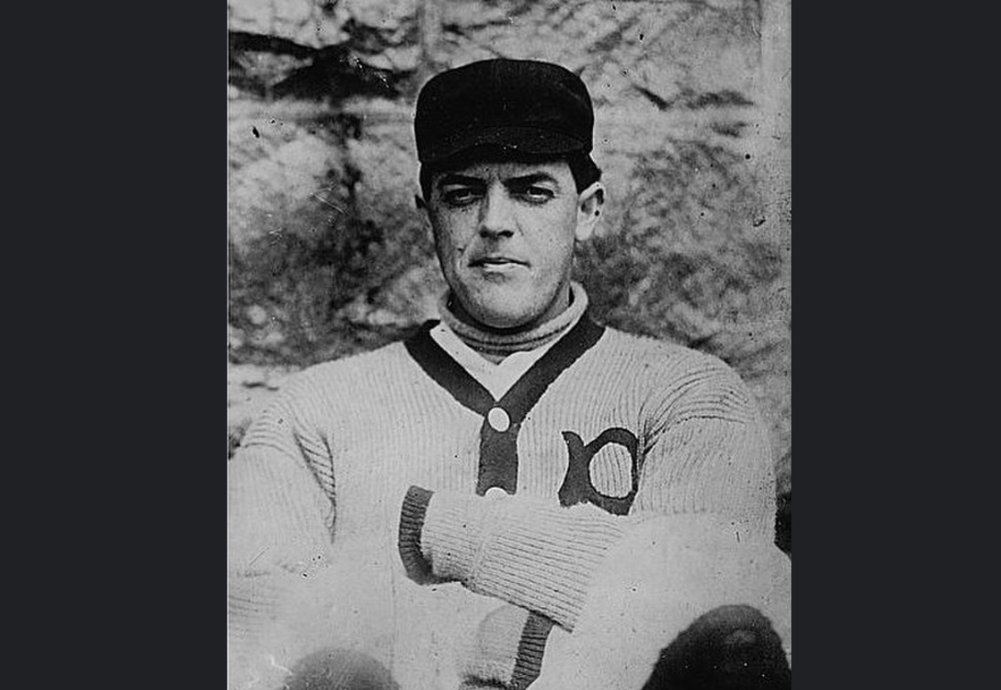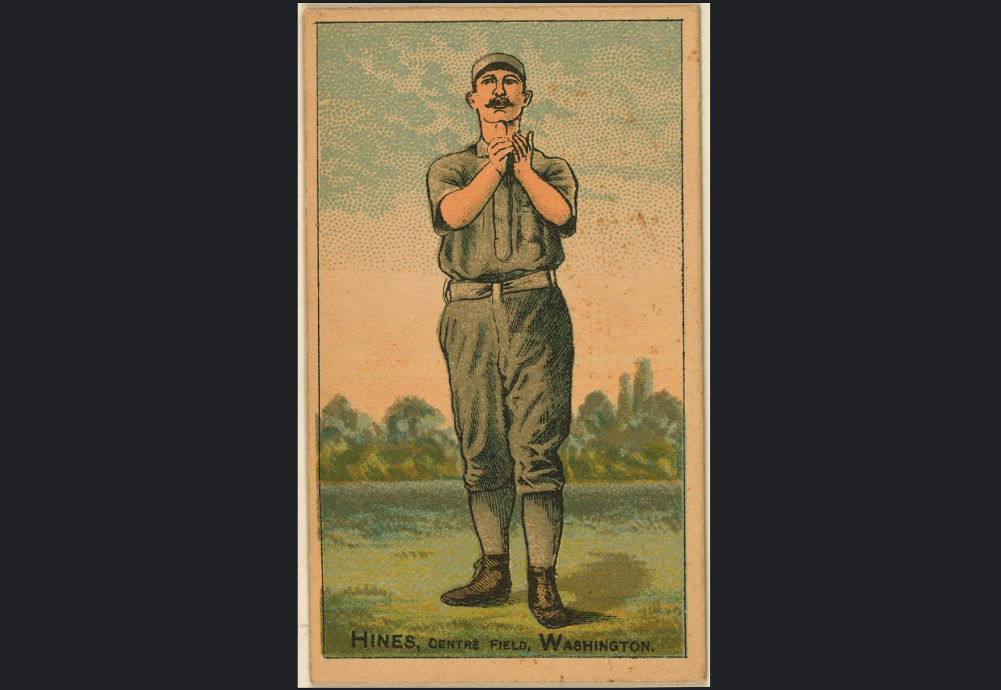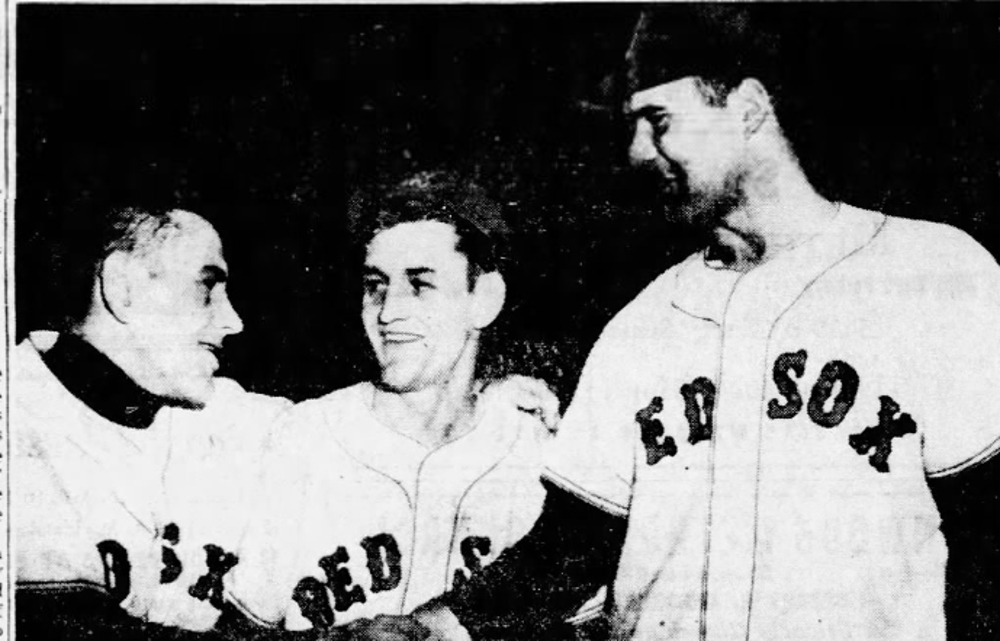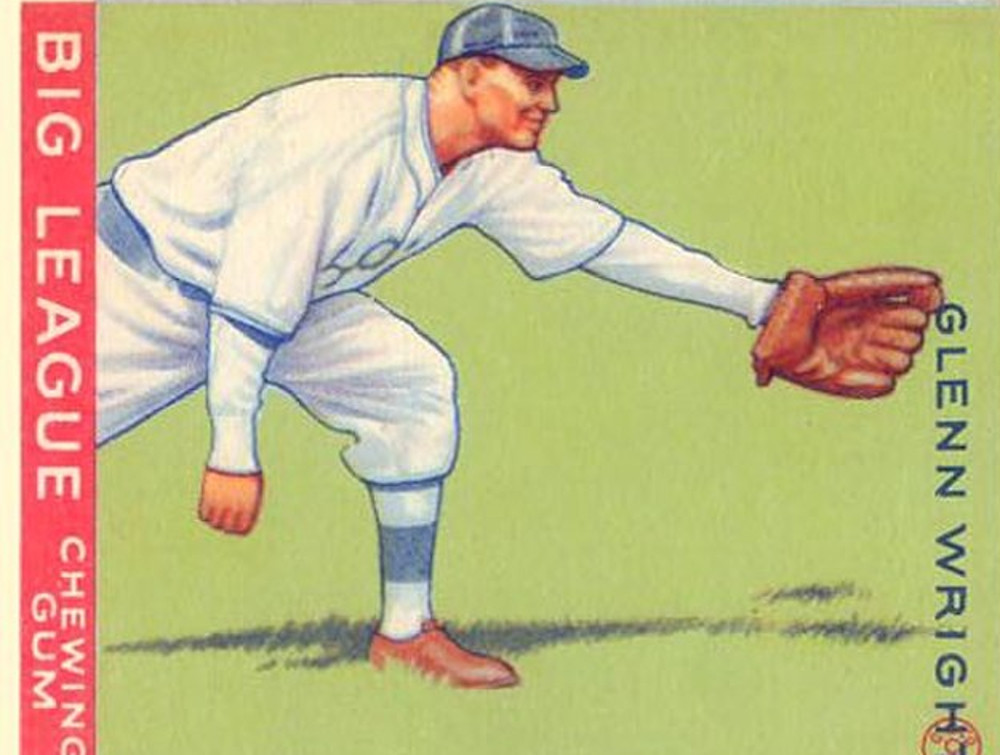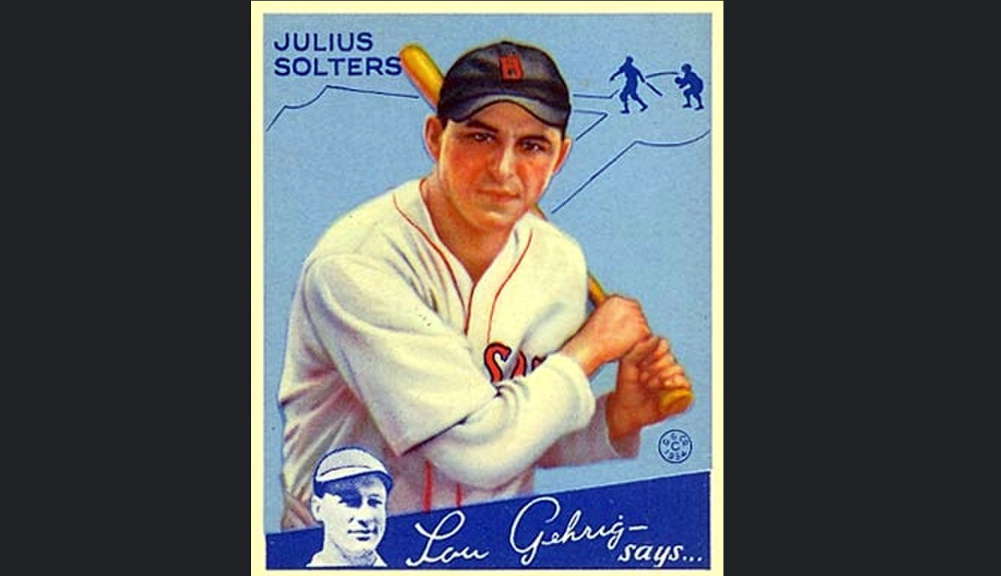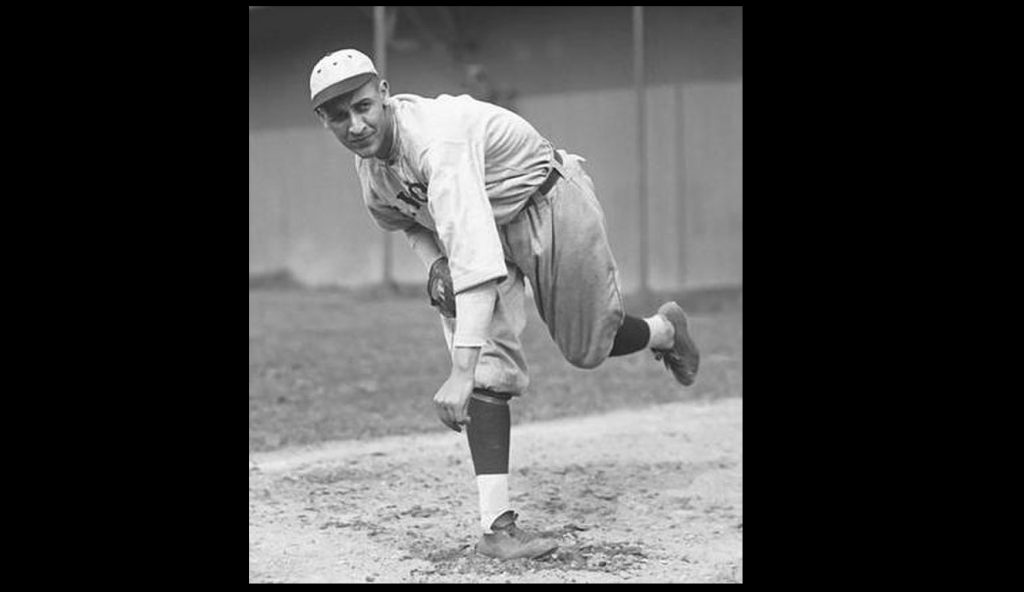Calling all Hoops fans! Prepare to step onto the hallowed court of the Naismith Memorial Basketball Hall of Fame. Over the next series of posts, we'll be honoring the elite few, the immortals who have carved their names into the very fabric of the sport.
These are the players – the sky-walking slam dunkers, the silky smooth shooters, the defensive titans – whose brilliance, dedication, and impact on the game have earned them a place among basketball royalty. The few legendary players of thousands that are held in such high esteem that they are forever remembered in the museum of basketball greats.
From the pioneers who laid the groundwork on dusty playgrounds to the modern marvels redefining the game on the global stage, the Hall of Fame boasts a pantheon of legends. We'll delve into their remarkable stories and bios.



